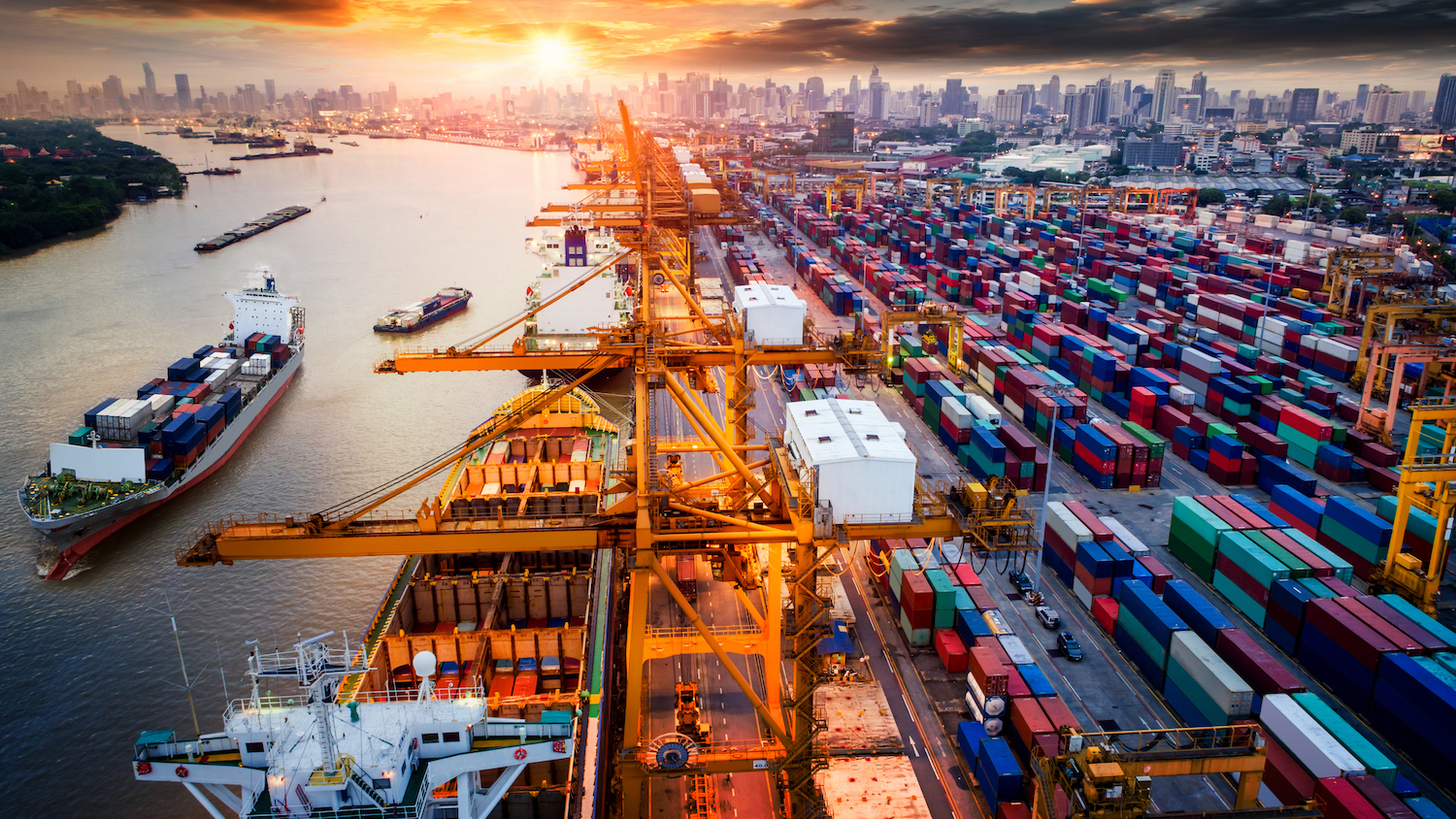Interconnected Nature of Supply Chains Makes Disruptions Worse But Fixable, Says Professor Heese

Supply chain comprises the processes by which production and distribution are achieved — the purchasing, logistics and operations that help companies create and distribute products and services.
When supply of and demand for those products and services alter greatly — as has been the case during the coronavirus (COVID-19) outbreak — the management of supply chains is significantly impacted and has to adjust.
Sebastian Heese, interim business management department head and professor of operations and supply chain management, studies the efficiency of production and service operations systems. He recently talked to us about the impact the coronavirus crisis is having on the area of supply chain and its management.
Here’s our Q&A with Sebastian Heese:
Broadly speaking, what impacts is the coronavirus having on supply chain?
The production of virtually all products we consume today involves complex and multinational or global supply chains. Disruptions of these supply chains thus lead to shortages and production stoppages at the local level, which we are seeing now with the coronavirus outbreak. For example, when the Chinese government ordered large-scale quarantines early on in the crisis, the consequences of the resulting production interruptions in China directly led to shortages and production interruptions in the U.S.

Sebastian Heese, interim business management department head and professor of operations and supply chain management at Poole College of Management
With a globally interconnected world of supply and demand, everyone will notice the consequences of disruptions, irrespective of where they occur at the specific moment. With a truly global pandemic like the coronavirus, it will simply take a long time for the world to return to a “normal” state, which might be very different from the state prior to the crisis.
We are already seeing the negative impact the coronavirus is having on demand for goods and services. What effects does a decline in demand have on supply chain management?
Clearly, the pandemic has had a substantial negative impact on demand, and this effect is likely to continue even after the coronavirus threat dissipates. The policies in place to slow the distribution of the virus (quarantines, suspensions of events, closures of restaurants) will directly limit the consumption of services. Additionally, the resulting income reduction for people in the service sector will lower demand for other types of products, which leads to losses and layoffs in other industries.
What are the ways to effectively manage and mitigate the negative impacts on supply chains during a crisis like the one we’re currently experiencing?
In an ideal world, a firm would have established processes to create transparency of its supply chain and a good understanding of risk sources. It would also have analyzed different what-if scenarios to develop and evaluate possible mitigation strategies. However, many if not most firms today are not that sophisticated, or they are simply too preoccupied with day-to-day operations. If firms do not have a well thought-through contingency plan, management often has no other option than to shut down operations, or it succumbs to knee-jerk reactions, which amplify the consequences of the problem.
Well-known practices such as supply chain mapping and monitoring … might help firms increase their resilience.
Which specific industries’ supply chains will suffer the greatest consequences in the relative long term? Are they the same ones currently being hit the hardest?
The first effects have been and will continue to be felt by firms with direct exposure to the coronavirus and to the governmental policies enacted to contain it. These are mostly in the service sector: restaurants, event venues, airlines, hotels and others of the like. Recovery in these areas is very sensitive to the length of the crisis. While some firms will probably not survive the crisis, those that do are likely to recover fairly quickly. A longer-term effect will be felt in industries with complex global supply chains. Given the complexity and depth of their supply chains that involve large numbers of independent global suppliers, firms in these industries will often find it difficult to ramp up production.
Whenever the coronavirus winds down or ends, what will a proper recovery look like, and are there measures (from a supply chain perspective) that companies can take to better combat crises of this sort in the future?
With a globally interconnected world of supply and demand, everyone will notice the consequences of disruptions, irrespective of where they occur.
The fundamental workings of the markets are still in place and productive capacity itself has not been destroyed at a large scale. However, the disruptions caused by the coronavirus might lead to notable differences in the nature and structure of supply chains. Even before the outset of the crisis, there was a fairly strong global movement away from global integration; this movement was predominantly driven by national politics. The coronavirus pandemic might support and accelerate this movement toward more localized production and sourcing. The increasing level of automatization could even accelerate this trend, as it reduces the importance of labor-cost differences, which still are a main driver of outsourcing and offshoring decisions.
What can firms do? Many of the traditional strategies to make supply chains resilient and decrease the likelihood and impact of disruptions might be of little value in the event of global pandemics such as coronavirus.
However, well-known practices such as supply chain mapping and monitoring, scenario (what-if) analyses and a disciplined development of contingency plans might help firms increase their resilience even to such globally pervasive events. While they will certainly still have some exposure to the global disruptions, both on the supply side and the demand side, such solid and rigorous preparation should help them mitigate the consequences during the crisis and facilitate a faster recovery after the crisis subsides.
- Categories:
- Series:


